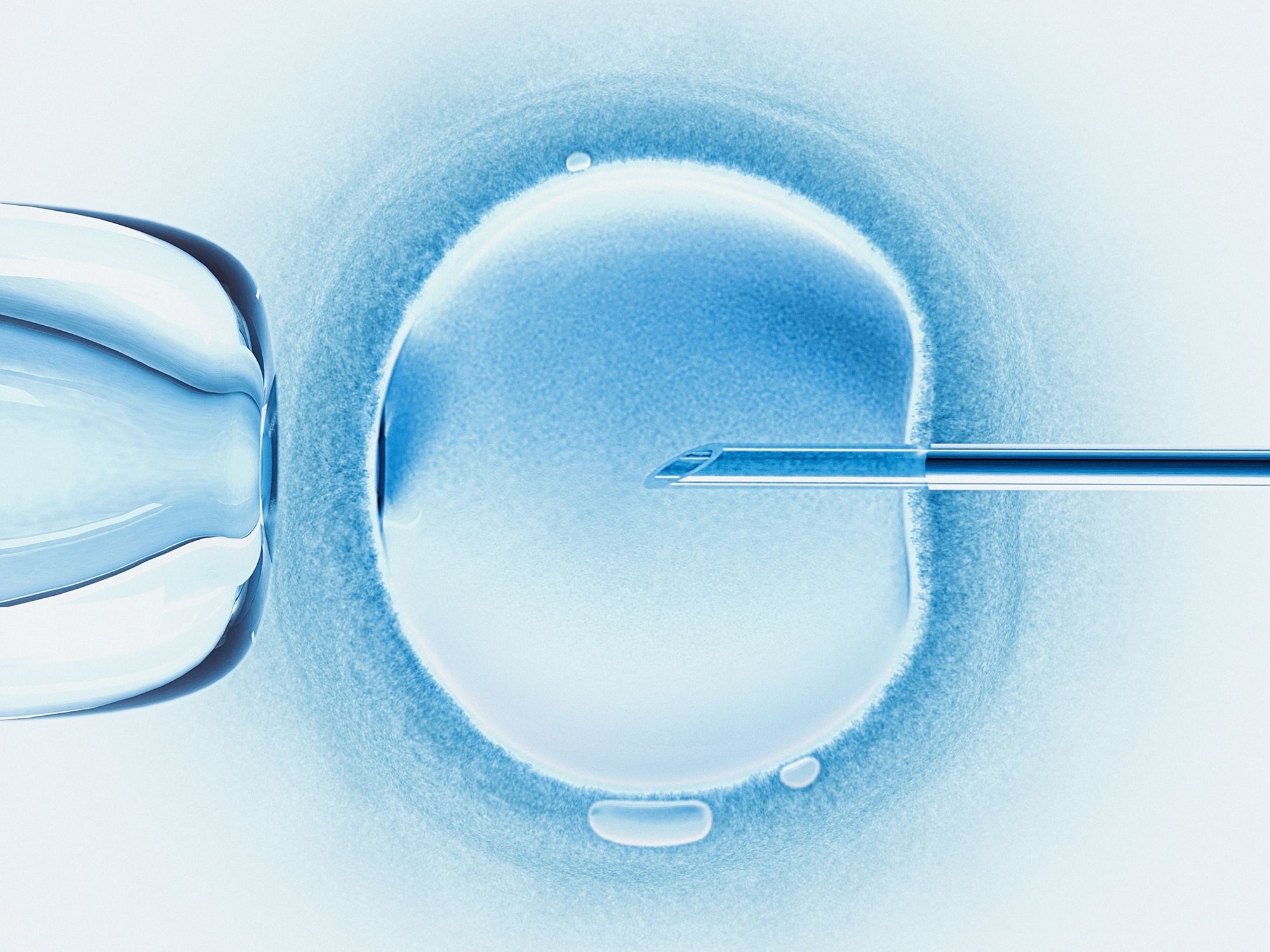
Studies indicate that the optimal and safe number of oocytes needed for achieving an ongoing pregnancy is between six and 15. However, the use of egg freezing, frozen embryo replacement (FER) cycles and aggressive stimulation regimes has increased this number in order to boost success rates in older women and in poor responders who produce fewer eggs. What is not known is the impact of numbers of eggs retrieved and of over-stimulation practices on the health of patients, and on their emotional and financial well-being.
Now, a retrospective observational study suggests that IVF clinics in the UK may be retrieving “far too many oocytes” and that most of them “may never be used and are probably discarded”. Details of the analysis are presented today online at the virtual Annual Meeting of ESHRE by Dr. Gulam Bahadur from North Middlesex University Hospital, London, who said the results may well reflect global practices too.
The findings based on number of eggs extracted versus IVF cycles show that a total of more than 1.625 million eggs in the UK were retrieved from 147,274 women between 2015 and 2018. Although an average of 11 eggs was collected per patient, 16% of cycles were associated with 16-49 oocytes retrieved (per cycle) and 58 women each had over 50 eggs collected in a single egg retrieval procedure.
“Our observations suggests that the high oocyte number per retrieval procedure needs re-evaluation,” says Bahadur. “In particular, this needs to focus on the side effects, including ovarian hyperstimulation syndrome and procedure-related complications, and on the fate of unused frozen oocytes and the costs associated with freezing them.
“Patients should be advised that it’s better to collect fewer eggs leading to good quality embryos which may go to term and result in a healthy baby.”
This report is based on all UK IVF clinics and relates to non-donor fertility treatment carried out between 2015 and 2018 during which 172,341 fresh oocyte retrieval cycles took place. All outcomes and patterns remained uniform over the four years.
The study showed that a sizable number (n = 10,148) of cycles did not yield any oocytes.
More than half (53%) of all IVF cycles were in the desired egg yield range of 6-15. In addition, a quarter of cycles (n = 42,574) yielded 1-5 eggs; 14% (n = 23,794) produced 16-25; and a minority (2% or 3,970) resulted in 26-49 oocytes. The authors point out that multiple birth rates increase significantly from 6-15 oocytes onwards, which presents a risk to patients and babies such as birth complications and low birth weight.
A total of 931,265 embryos resulted from all eggs retrieved – a fertilisation rate of 57%. Of the embryos created, more than one in five (22% or 209,080) were transferred into the uterus, while a slightly higher proportion (24% or 219, 563) were frozen.
The fate of the unfertilised oocytes (43%) is unknown, but they are likely to have been discarded, as is normal practice. The authors say that most of the embryos not transferred (54%) will likely be discarded after patients have paid for several years of maintaining them in storage.
“This comes with a financial and emotional cost,” says Bahadur. “Patients build an attachment with this frozen material and there’s insufficient counselling to support them. They should be given more information about the implications of freezing eggs and embryos.”


Leave a Reply